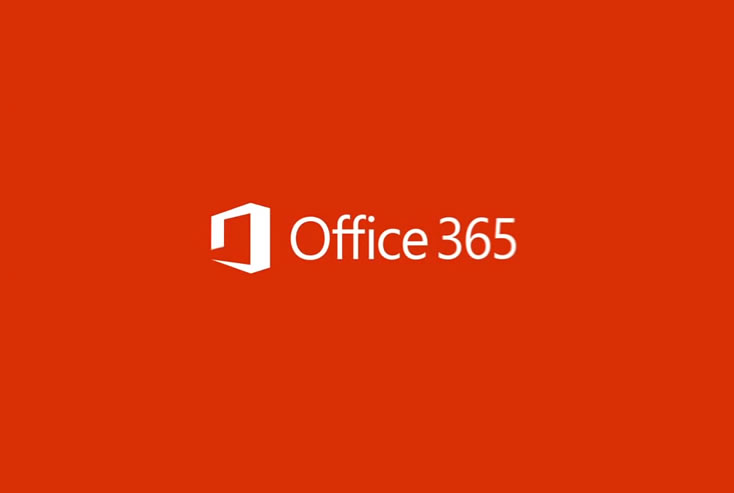The first planning decision you need to make with a customer is the number of users to be part of the pilot. The standard Office 365 E3 trial tenant account provides 25 users for 30 days.
Factors you need to consider in your planning for pilot user numbers include:
- What is the total potential number of Office 365 information worker users within the organization?
- How many departments are there and what is their size and function?
- What percentage of information workers are middle and senior management?
- What is the level of technical leadership within the company?
- Who are the key influencers in the adoption process?
- What is the current user management process?
Planning – Pre-Pilot User Selection
Make sure you understand that the pre-pilot users are generally IT pro types who want to be first to try out the new environment and to upgrade to Office 365 ProPlus. However, this is a very different user base from the full pilot users.
With larger organizations and on your initial pilots, you will probably want to deploy some pre-pilot users. For larger pilot engagements, it can be useful to initially roll out Office 365 to a small subset of users, to help identify issues before including a wider user community.
Pre-pilot user selection uses significantly different criteria from pilot users—here you are not interested in a representative sample. You should select pre-pilot users with some degree of technical knowledge, because you may not have the support facilities set up to assist users who have little or no technical background. Characteristics of an ideal pre-pilot user include:
- Technically literate
- Sense of adventure
- Analytical personality
- Anxious to try Office 365
- Not working on a critical path project
- Happy to put up with minor configuration glitches
An example of a pre-pilot user might be the network manager or the IT director. Members of the IT department are also typically early adopters, but also consider the pilot sponsor and the customer’s in-house IT trainer, if they have one.
Planning – Pilot User Selection
Selecting pilot users can be difficult for the consultant/partner to achieve—all that they may be able to do is to let the customer know the sort of people they are looking for. Try to get the customer to see the importance of a good pilot, even if the ultimate decision is not to go with Office 365 at this point.
When selecting pilot users in conjunction with your customer, they should ideally be:
- Full-time employees
- Trained information workers.
- Representative of the overall function of the company.
- A mix of age, experience, and seniority within the department they work for.
- Prepared to provide feedback on the pilot.
The point of these selection criteria is to help ensure you get a good mix of people from within the company, but exclude those who are unlikely to contribute to the success of the pilot. Overall, the qualities you are looking for are leadership, competence, and flexibility. If at all possible, try to find people who will also be happy to evangelize for the deployed environment and willing to help co-workers when Office 365 is deployed.
Planning – Pilot User Communication
A key factor in a successful pilot is planning to engage your pilot users with the process. If you excel at motivating people, the ideal approach is to get the pilot users together and get them excited about the Office 365 pilot.
In addition to the initial meetings, you will also want to use internal email to communicate with your pilot users; for this purpose, Microsoft has provided email briefing templates which contains the following items:
- Introducing the new Office. Plan to send this out up to two weeks before the pilot starts.
- The new Office is coming. Plan to send this message out about one week before starting the pilot.
- The new Office arrives tomorrow. This message goes out the day before your pilot starts. Note that this message contains the user’s credentials.
- Welcome to the new Office. This message goes out on the day the pilot starts.
- Make the switch to the new Office. Plan to send this message out a couple of days after the pilot has started
- Take the new Office home. Plan to send this out a week after the pilot has started.
Planning – Pilot User Training & Support
Planning user training and support for the Pilot phase is an important part of the pilot experience. As a result, you need to consider planning training and support options for the IT department and for the customer’s support team.
Training on Office 365 is available through the Microsoft Ignite portal: http://go.microsoft.com/fwlink/?LinkId=321177
Events and webcasts are available from the Microsoft Ignite events page: http://go.microsoft.com/fwlink/?LinkId=321187
Guides are available from the Microsoft Ignite guides page: http://go.microsoft.com/fwlink/?LinkId=321188
Resources are available from the Microsoft Ignite resources page: http://go.microsoft.com/fwlink/?LinkId=321190
For end user training on Office 365 ProPlus, see the Office training website: http://go.microsoft.com/fwlink/?LinkId=235688
For IT pro training, see the Office 365 Guides page of the Ignite portal: http://go.microsoft.com/fwlink/?LinkId=321191
For other support resources, see the Contact Office Support page: http://go.microsoft.com/fwlink/?LinkId=321193


